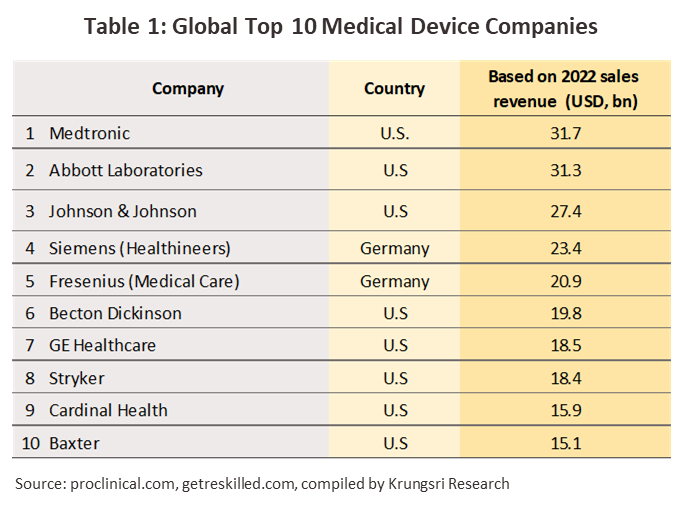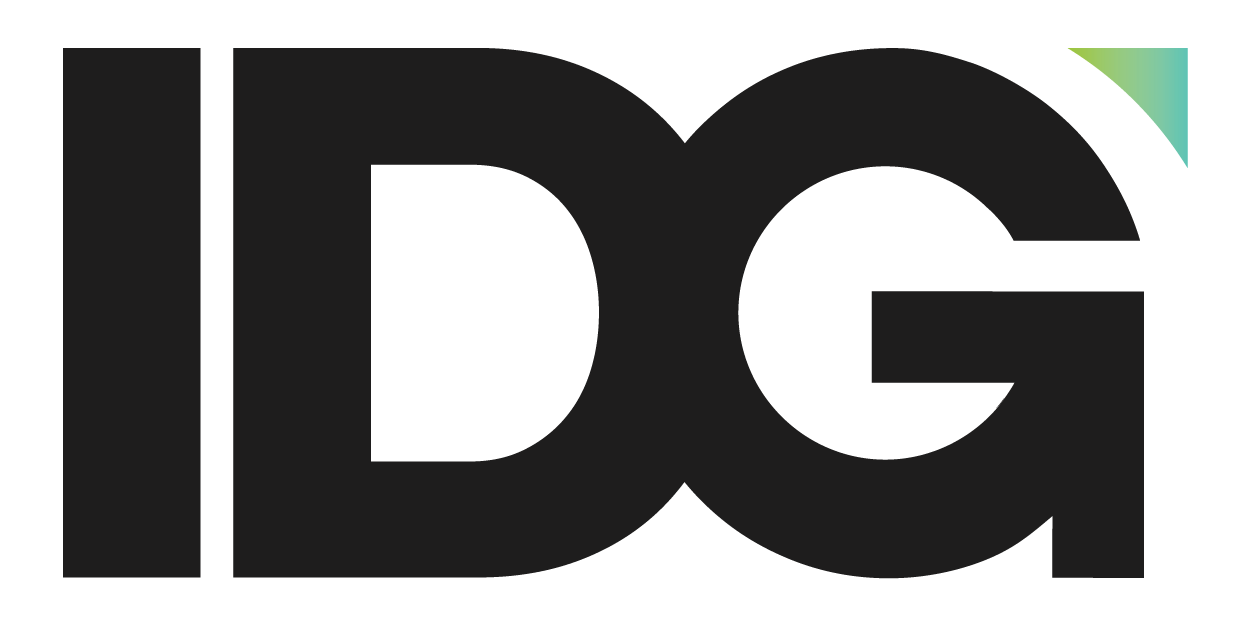Medical device manufacturers in Thailand are poised for robust growth between 2023 to 2025. The local and global distribution of medical devices is forecasted to increase at annual rates ranging from 5.5% to 7.0% and 6.5% to 7.5%, respectively. Numerous factors are set to drive this growth, including the aging population, the emergence of new diseases, a burgeoning demand for medical tourism, and an increasing focus on preventative healthcare.
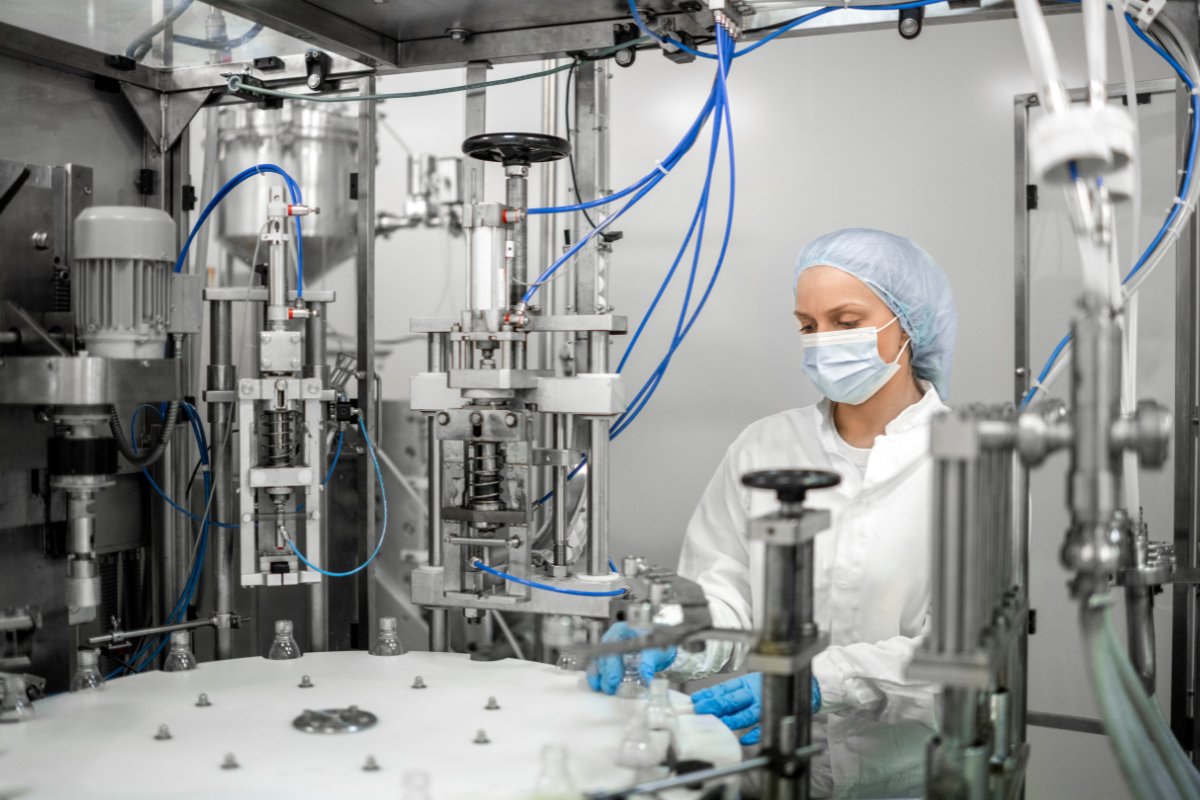
Furthermore, the government’s aspirations to establish Thailand as a healthcare hub and a hub for medical supplies within ASEAN will further propel the industry’s expansion. However, certain challenges may impede this growth. Most Thai manufacturers, particularly small and medium-sized enterprises (SMEs), face constraints in accessing capital and struggle to develop cutting-edge technology. They also heavily rely on imported manufacturing technology and machinery, which exposes them to fluctuations in foreign exchange rates. Additionally, the industry will need to adapt to global trends aiming to reduce environmental impact and transition toward a zero-waste society.
Despite these hurdles, the overall outlook for the industry remains positive. Medical device manufacturers are anticipated to experience steady growth, especially those distributing their products through hospitals and clinics. While the market for distributors of medical devices will also expand, it may do so at a slower pace. Importers of medical devices, particularly those dealing with high-tech products, are expected to witness consistent expansion.
The medical devices sector, encompassing both medical devices and medical equipment, accounts for 1.2% of Thailand’s GDP. This sector is categorized into three segments: single-use devices (e.g., syringes and surgical gloves), durable medical devices, and reagents and test kits. Notably, single-use devices dominate the majority of exports, with Germany leading as the largest exporter, while the United States tops the list of importers.
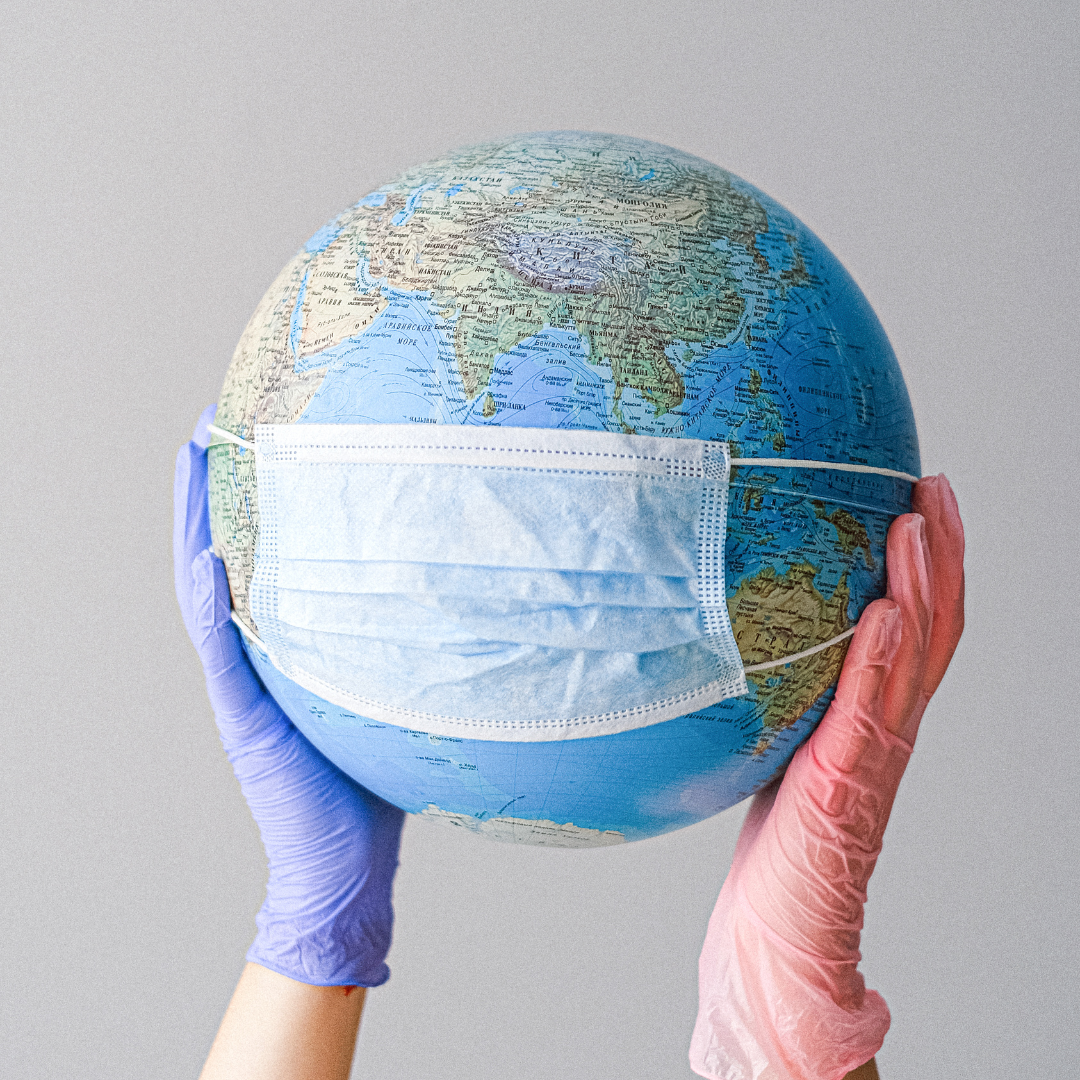
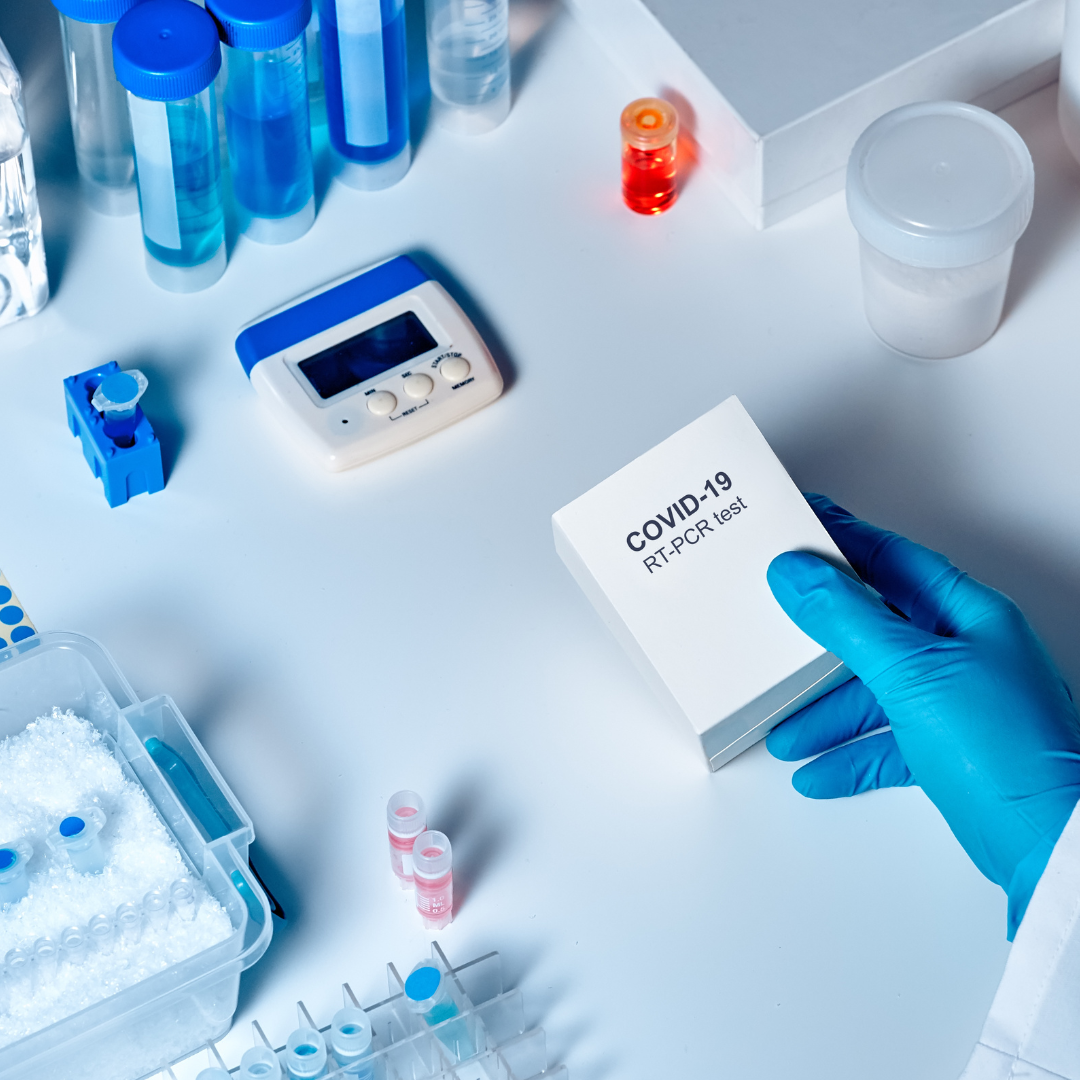
The outbreak of COVID-19 in 2020 drove increased demand for medical supplies such as masks, gloves, and diagnostic kits. Although the demand for these products declined as the pandemic abated, the need for medical devices and equipment continued to rise. The industry witnessed a turnaround in 2022, marked by heightened production and capacity utilization. However, the value of medical device exports decreased due to reduced demand from major markets such as the US and Japan.
Looking ahead, the domestic medical device market is expected to witness robust growth from 2023 to 2025, driven by economic expansion, greater uptake of healthcare services, and growth in medical tourism. The value of exports is also anticipated to expand, supported by increased sales of disposable personal protective equipment (PPE), glass lenses, and reagents and test kits. The industry stands to benefit from rising illness rates, the growth of wellness tourism, heightened interest in preventive medicine, and government backing for the healthcare sector.
Thai manufacturers will need to overcome challenges including limited access to capital, dependence on imported technology and machinery, and the imperative to develop biodegradable products. Nonetheless, with the right strategies and investments, the industry possesses substantial growth potential in both domestic and international markets.
